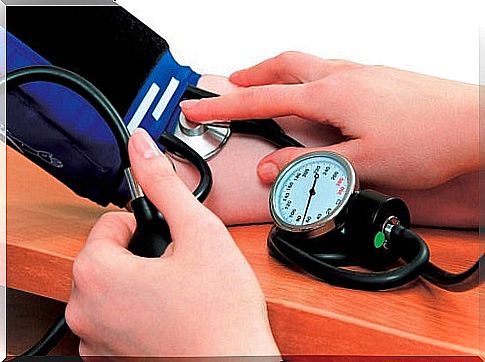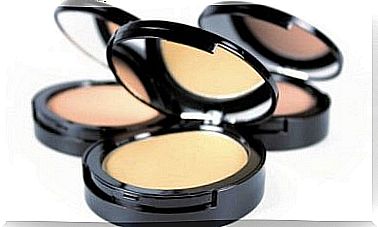Blood Pressure: Is It Good To Measure It At Home?
One of the common mistakes we make when we have a blood pressure monitor at home is to take our blood pressure all the time. It is not recommended to do it more than twice a week.
If you go to the doctor’s office, he will surely measure your blood pressure and, based on the results, will tell you if you have any problems, you should take a drug or follow a diet, for example. Many people have a blood pressure monitor (pressure measuring device) at home. Although it is necessary, sometimes we do not know what each value that the screen offers means.
High blood pressure and its consequences
By paying attention to your blood pressure and heart rate, you will do a kind of monitoring of your health and can determine if a particular food, drug or situation causes you to increase or decrease the levels. Doctors advise patients to keep a kind of notebook or notebook with the measurements made daily or every several days in order to detect any abnormality or heart problem.
Hypertension or high blood pressure is a condition that should not be taken lightly. It occurs when the blood has to use more force than normal to be transported through the arteries and reach the heart. When this muscle beats, it propels blood throughout the body.

If the fluid has to overwork to meet this goal, then high pressure is said to be present. Generally, stressful situations, exercise, and getting up in the morning are the most critical times for pressure. However, although it is normal for pressure to increase at certain times of the day, when it is maintained over time it is necessary to consult a doctor.
Although hypertension affects adults of any age, it is more common in those over 65 and overweight. These people are at higher risk for heart attack, stroke, or heart or kidney failure.
Also read: Learn to lower your blood pressure with these 5 breathing techniques. Do they work!
How to measure your pressure at home
One of the common mistakes we make when we have a blood pressure monitor at home is to take our blood pressure all the time. It is not recommended to do it more than twice a week.
There are different devices to measure pressure, some more modern and some older. The former have a digital display and the latter a clock to mark the pressure. The new tensiometers are simpler than the analogues (to call them in a way), because they indicate a specific value, just like watches.
Actually, we have three types of pressure measuring devices available :
- Automatic : The cuff is placed on the upper arm (above the elbow) and the device is turned on. It will inflate on its own and, when it has sensed pressure, it will deflate on its own as well. It will display the measurement on a screen.
- Semi-automatic: The cuff must be inflated by the patient or by someone helping him (it is always placed in the same place). Once the specific point is reached, the device may emit a sound to warn. By turning the knob on the pump, the air is removed. The pressure appears measured on the screen.

- Manuals: They consist of a bracelet, a pump and a watch. Some doctors use this system because they trust it more. The kit also includes a stethoscope. The cuff is inflated, the heartbeat and the sound of blood flowing through the artery are heard, and the watch is in charge of displaying the systolic and diastolic pressure.
If you want, you can also measure your pulse without the need for a special device. You only need a hand watch or a stopwatch. Sit in a quiet place at home or work, where there is nothing to distract you or too much noise. After 10 minutes of rest and slow breathing, measure the pulse by placing the index finger and the middle finger on the inside of the opposite wrist. Count the heartbeats you feel within 30 seconds (paying attention to the clock or stopwatch).
The number of beats is multiplied by two to have the value of one minute. The normal value is between 60 and 100 beats every 60 seconds. If you have more, it is considered high blood pressure or tachycardia and less than that value is hypotension or low blood pressure. You must pay attention and go to the doctor’s office in both cases. This method is not entirely safe and reliable because, sometimes, the heartbeat is not heard well or we can count incorrectly. Although, for an approximation, it is accepted.
What do the numbers on the blood pressure monitor mean?
The blood pressure measurement consists of two parts. The upper number that appears on the device display is the systolic pressure and the lower number is the diastolic pressure. Let’s see the difference between the two:
- Systolic pressure : Occurs when the heart pumps blood through the arteries.
- Diastolic pressure: It is the one that occurs between each heartbeat, therefore it is the lower value of the two.
Normal blood pressure is 120/80 maximum. This means 120 systolic pressure and 80 diastolic pressure. If the numbers are much lower than this, the patient has low blood pressure. When the value indicates between 120/80 and 139/89 it means that it is higher than normal (pre-hypertension). When the pressure is 140/90, or more, it is because you have high blood pressure.









